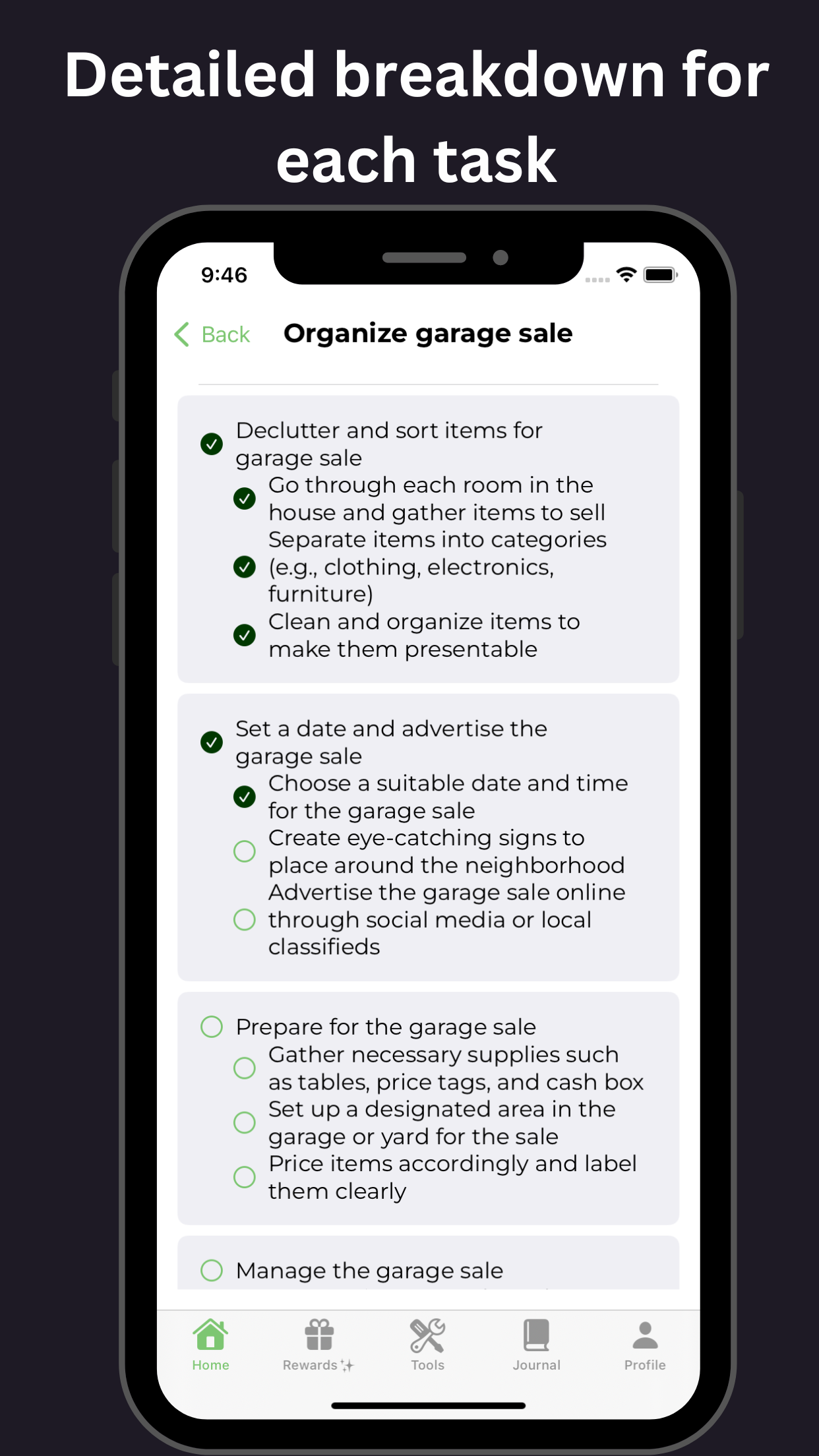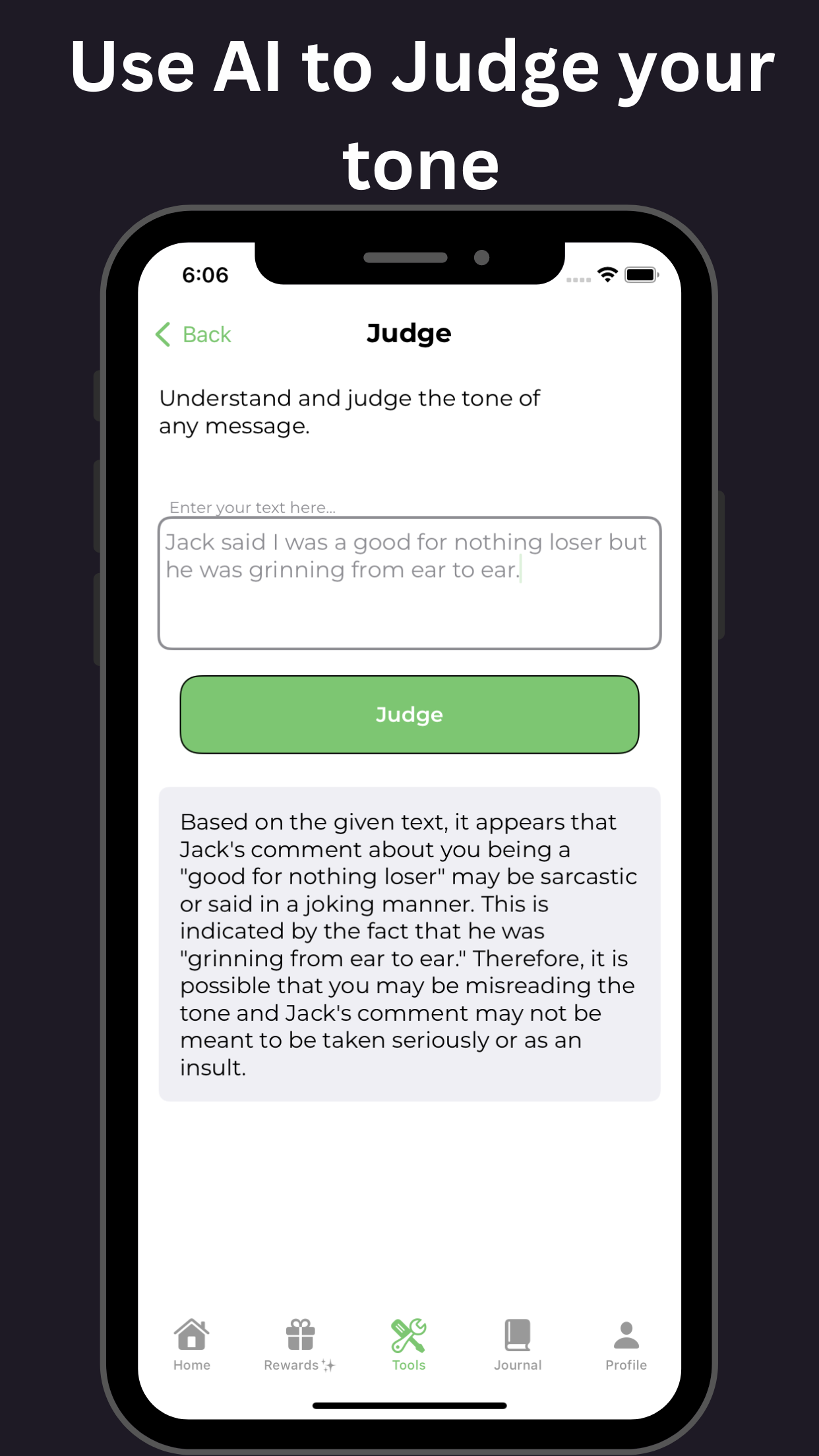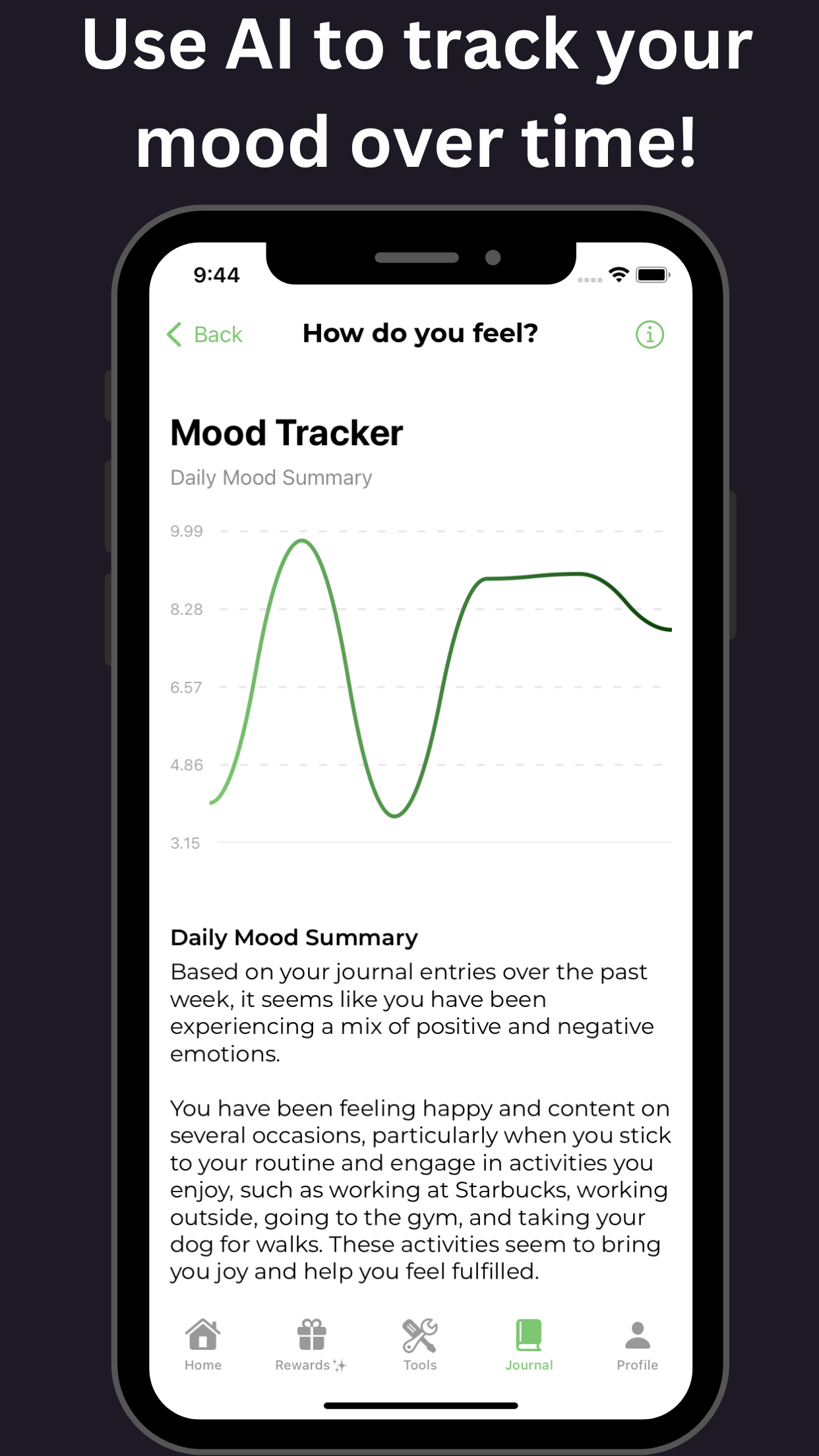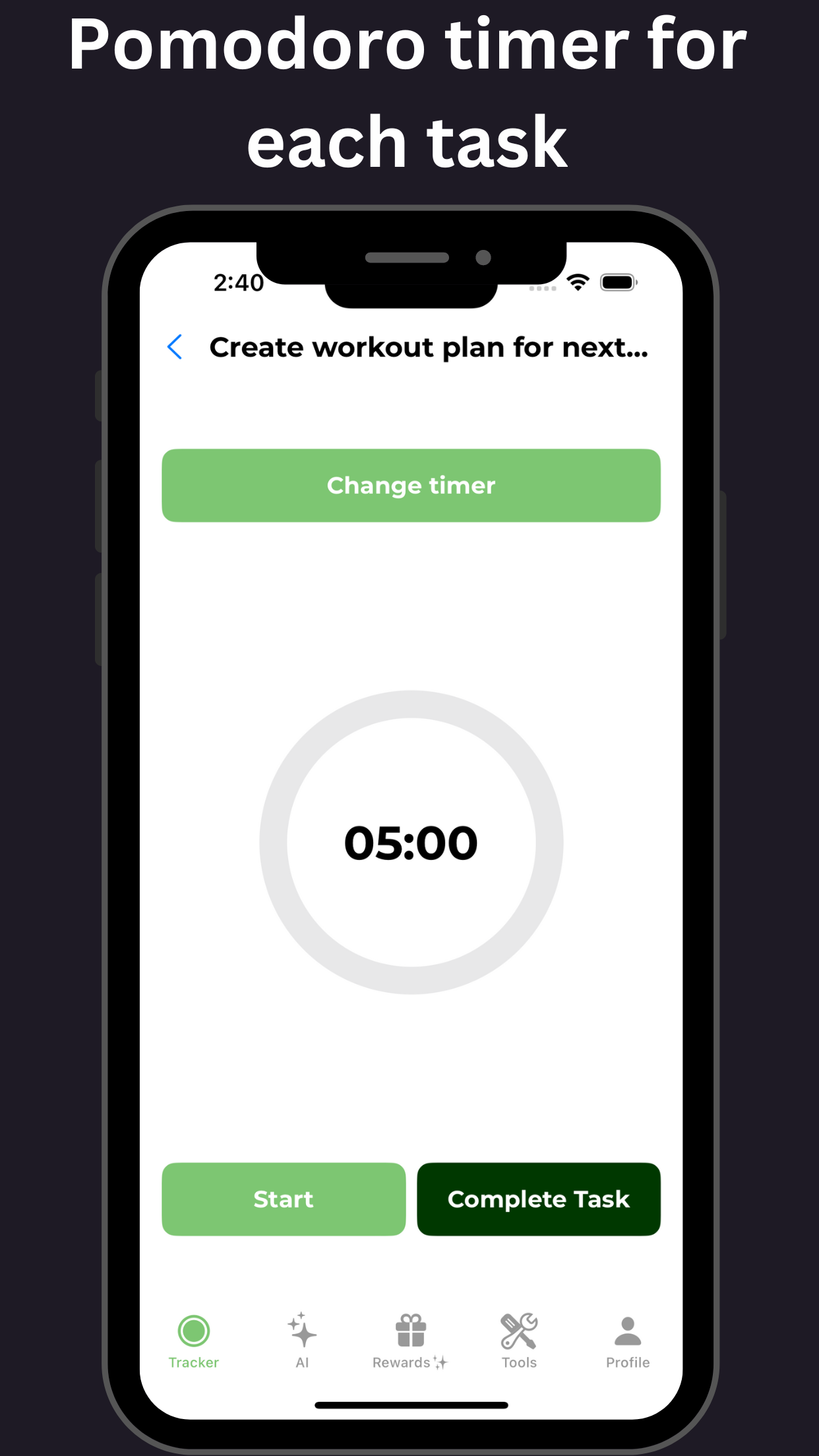LSD Symptoms: Identifying and Understanding the Signs of an LSD Trip
Key Takeaways
| Symptom | Description |
|---|---|
| Hallucinations | Seeing, hearing or feeling things that are not there, such as shapes, colors or patterns |
| Distorted Perception | Altered sense of time, space, body and self, such as feeling larger or smaller |
| Changes in Thought Patterns | Difficulty concentrating, thinking or remembering things, including memory loss and disorganized thinking |
| Intensified Emotions | Increased feelings of happiness, anxiety, paranoia, fear or other emotions, including rapid mood swings |
| Altered Sensory Experiences | Enhanced sensitivity to sights, sounds, smells, tastes or textures, such as bright lights or vivid colors |
| Body Sensations | Increased heart rate, blood pressure, sweating or tremors, as well as insomnia or restlessness |
| Loss of Control | Feeling detached from reality or as if one's thoughts and actions are outside of their control |
| Nausea and Dizziness | Experiencing dizziness, nausea, vomiting or abdominal cramps during the onset or duration of the trip |
| Panic and Anxiety | Intense fear, panic or anxiety during or after the trip, often related to distorted perception or reality |
What is LSD?: Definition and Overview of LSD
What is LSD? A Comprehensive Overview of LSD and its Symptoms
LSD, or Lysergic Acid Diethylamide, is a potent, semi-synthetic psychedelic substance that alters perception, mood, and cognitive processes. Also known as acid, LSD is commonly used recreationally; however, its effects can be unpredictable, leading to severe LSD symptoms. Understanding what LSD is and its potential effects is crucial for identifying and addressing these symptoms.
Definition of LSD:
LSD is a Schedule I controlled substance, meaning it has no accepted medical use and a high potential for abuse. It is typically ingested orally, usually in the form of a small piece of paper or liquid, and produces intense visual and auditory distortions, altered sense of time and space, and changes in mood and emotional state.
Overview of LSD Symptoms:
LSD symptoms can vary widely depending on the individual, the dose, and the setting in which it is used. Common symptoms include:
- Visual hallucinations and distortions
- Altered sense of time and space
- Changes in mood and emotional state
- Increased heart rate and blood pressure
- Tremors and muscle weakness
- Nausea and vomiting
- Extreme anxiety or panic
In severe cases, LSD symptoms can lead to a “bad trip,” involving intense fear, anxiety, and disorientation. If you or someone you know is experiencing severe symptoms, it is essential to seek immediate medical attention.

Short-term Effects of LSD: Common Symptoms and Reactions
Short-term Effects of LSD: Understanding Common Symptoms and Reactions
The effects of LSD can produce intense, short-term changes in perception, mood, and behavior. It is essential to be aware of these common reactions:
Common LSD Symptoms:
- Visual Distortions: Perception of shapes, colors, and patterns, including halos, trails, and distortions.
- Hallucinations: Seeing or hearing things that aren’t there, including objects, sounds, and voices.
- Mood Swings: Rapid emotional changes, ranging from euphoria to anxiety, fear, and paranoia.
- Altered Sense of Time: Distorted perception of time.
- Increased Heart Rate: Elevated heart rates and blood pressure.
- Dilated Pupils: Enlarged pupils, a visible sign of LSD use.
- Nausea and Vomiting: Stomach discomfort and nausea, especially in the trip's early stages.
- Tremors and Muscle Weakness: Shakiness and muscle weakness may occur.
- Disorientation: Confusion and difficulty concentrating.
Other Reactions:
- Panic Attacks: Intense fear or anxiety.
- Psychotic Episodes: A disconnection from reality.
- Flashbacks: Recurrences of the LSD experience.
Important Note: LSD symptoms vary greatly from person to person, affected by their mental state, the dose, and their environment. Seek medical help if the reactions are severe or if safety is a concern.
Long-term Effects of LSD: Risks and Potential Health Problems
The Lasting Impact of LSD: Understanding the Long-term Effects and Risks of LSD Symptoms
The long-term effects of LSD can be severe and far-reaching, posing risks to physical and mental health:
- Persistent Psychosis: Potential for hallucinations and paranoia long after the trip.
- Cognitive Impairment: Memory, attention, and decision-making may be affected.
- Mood Disorders: Depression and anxiety may arise.
- Flashbacks and Hallucinations: Recurring experiences that disrupt life.
- Increased Risk of Mental Health Conditions: Link to severe disorders like schizophrenia.
- Physical Health Problems: Sleep issues, appetite changes, and cardiovascular concerns may develop.
It's essential to be aware of potential long-term effects and seek professional help if you or someone else experiences LSD symptoms.
What Does Acid Feel Like?: Subjective Experiences and Perceptions
What Does Acid Feel Like? Unveiling the Subjective Experiences and Perceptions of LSD Symptoms
LSD can induce a wide range of subjective experiences that vary from person to person. Commonly reported experiences include:
- Visual distortions and hallucinations
- Altered time perception
- Intensified emotions
- Altered self-awareness and sense of body
- Dissociation from reality
- Increased sensory sensitivity
- Rapid mood fluctuations
- Cognitive impairment
Common Physical Responses:
- Dilated pupils, increased heart rate and blood pressure
- Nausea and vomiting
- Dizziness and coordination loss
- Tremors and muscle weakness
Understanding the symptoms is crucial for safe practices surrounding LSD. If concerned, prioritize safety and well-being.
Stages of an Acid Trip: From Onset to Aftermath
Understanding the Stages of an Acid Trip: A Comprehensive Guide to LSD Symptoms
An acid trip is a profound experience with distinct stages:
Stage 1: Onset (0-30 minutes)
- Excitement, euphoria, and altered perceptions begin
- Visual distortions start to appear
- Users may feel detached from reality
Stage 2: Come-Up (30-60 minutes)
- Intensified visual and auditory distortions
- Altered sense of time and space
- Rapid emotional shifts can occur
Stage 3: Plateau (1-2 hours)
- The peak experience with most intense LSD symptoms
- Profound insights and vivid visuals
Stage 4: Come-Down (2-4 hours)
- LSD symptoms gradually subside
- Users may experience relief as well as potential anxiety
Stage 5: Aftermath (4-24 hours)
- Fatigue and lingering effects may occur
- Integration into daily life can be challenging
Recognizing these stages helps users better navigate their experience. Awareness can enhance coping mechanisms and preparation.
LSD Overdose Symptoms: Signs of a Potentially Life-threatening Situation
Recognizing LSD Overdose Symptoms: A Guide to Identifying Potentially Life-Threatening Situations
Timely recognition of LSD overdose symptoms is crucial. Key indicators include:
Physical Symptoms:
- Increased heart rate and blood pressure
- Dilated pupils
- Sweating and tremors
- Nausea and vomiting
- Seizures
- Hyperthermia
- Respiratory issues
Psychological Symptoms:
- Intensified emotions and anxiety
- Confusion and disorientation
- Hallucinations
- Paranoia and panic attacks
- Suicidal thoughts
Other Symptoms:
- Loss of coordination
- Unsteady gait
- Slurred speech
- Unresponsiveness
If overdose is suspected, seek immediate medical help. Prompt action can prevent long-term damage.
Bad Trips and Traumatic Experiences: Risk Factors and Warning Signs
Understanding Bad Trips and Their Associated Risks
Bad trips can lead to lasting psychosocial effects. Risk factors include:
- A history of mental health issues
- High doses of LSD
- Lack of preparation
Warning signs often include:
- Intense anxiety or paranoia
- Nausea and tremors
Understanding these factors is crucial for harm reduction and support systems for users.
LSD Addiction and Abuse: Signs, Symptoms, and Risk Factors
LSD Addiction and Abuse: Identifying Concerns and Risks
Though LSD is not classified as physically addictive, it can lead to dependence and negative consequences:
Signs of Abuse:
- Unusual behavior or mood swings
- Increased heart rate
- Dilated pupils
- Disorganized thinking
Symptoms of Addiction:
- Increased tolerance
- Withdrawal symptoms
- Neglect of responsibilities
Risk Factors:
- History of mental health disorders
- Trauma or stress
- Environmental pressures
Recognizing these signs is crucial for seeking effective treatment.
Physical Symptoms of LSD Use: Common Reactions and Effects
Understanding Physical Effects of LSD
Common physical symptoms include:
- Dilated pupils
- Increased heart rate
- Changes in blood pressure
- Body temperature fluctuations
Other reactions may include:
- Sweating and tremors
- Nausea and vomiting
- Loss of coordination
- Seizures in rare cases
Recognizing symptoms is essential to support care for users. Seek medical attention as needed.
Psychological Symptoms of LSD Use: Anxiety, Panic, and Long-term Effects
Understanding the Psychological Effects of LSD
LSD can trigger anxiety and panic, leading to potential long-term consequences:
- Anxiety and Panic: Intense feelings of distress can arise.
- Distorted Perception: Altering views of reality can cause disorientation.
- Long-term Effects: Increased risk of disorders like depression.
Seeking help can mitigate these risks and support mental health.
Risks and Hazards of LSD Use: Flashbacks, Psychosis, and More
Understanding the Risks and Hazards of LSD
LSD is a powerful hallucinogen with impactful, unpredictable effects. Common risks include:
- Flashbacks: Sudden visual recurrences that disrupt life.
- Psychosis: Possible severe mental health consequences.
Always recognize potential hazards. Seek help if struggling with persistent symptoms.
Important Sources
| LSD: Effects, Risks, Tips, and More - Healthline | Learn about the short-term and long-term effects of LSD, a powerful hallucinogenic drug. Find out how to use it safely, what to avoid, and how to get help if you need it. |
| LSD: What to Know - WebMD | LSD is a hallucinogenic drug that can make you see, hear, and smell things that aren't real. Learn about its effects, risks, and treatments for long-term health problems. |
| What does acid feel like? Effects, stages, and more - Medical News Today | Acid is a hallucinogenic drug that can alter a person's mental state and perception of reality. Learn about the symptoms, stages, and risks of taking acid, as well as how to have a good trip or a bad trip. |
| What Does Acid Feel Like When You Take It? - Healthline | Learn about the effects, side effects, and risks of taking LSD, a hallucinogenic drug that can alter your perception and mood. Find out what an acid trip feels like, how long it lasts, and how to have a good or bad trip. |
| LSD Abuse: Signs, Symptoms, Side Effects, and Risk For Overdose | LSD is an unpredictable drug, and LSD addiction behavior can reflect this, with common signs of abuse that include: Poor judgement, Poor decision-making abilities, Anxiety or panic attacks, Impacted sense of time and space, Highly emotional, or Overly empathetic. |
| LSD Effects | Short-Term and Long-Term Effects of LSD - DrugRehab.com | Symptoms of an LSD overdose include violent or hazardous behavior, psychotic episodes, and seizures. An overdose requires immediate medical attention. |
| LSD (Acid): Effects, Hazards & Extent of Use - Drugs.com | LSD is a potent hallucinogen that can cause distorted perception, anxiety, and flashbacks. Learn about the risks, forms, and history of LSD, and how it can affect your brain and body. |
| Lysergic Acid Diethylamide Toxicity - StatPearls - NCBI Bookshelf | D-lysergic acid diethylamide, or LSD, is a hallucinogenic chemical compound that produces profound, dose-dependent effects and can lead to long-term psychiatric symptoms. |
| LSD - Alcohol and Drug Foundation | LSD (lysergic acid diethylamide) is a synthetic chemical that belongs to a group of drugs known as psychedelics. |
| LSD - Wikipedia | Patient with mydriasis (pupil dilation) due to usage of LSD. Learn about physical effects such as pupil dilation, decreased appetite, and increased sweating. |
For support with anxiety and ADHD, consider using tools available in the GoblinX mobile app or access more resources through the GoblinX website. These tools can help users navigate the challenges related to mental health effectively.









